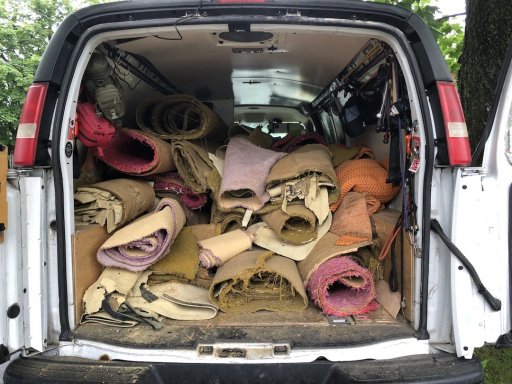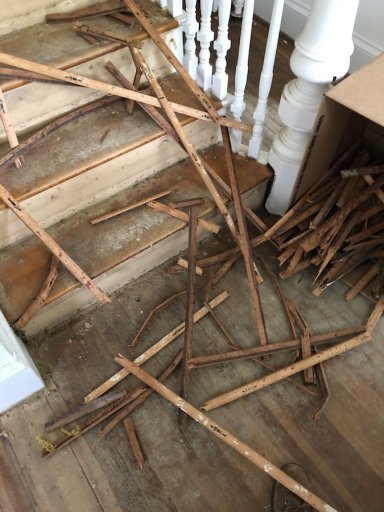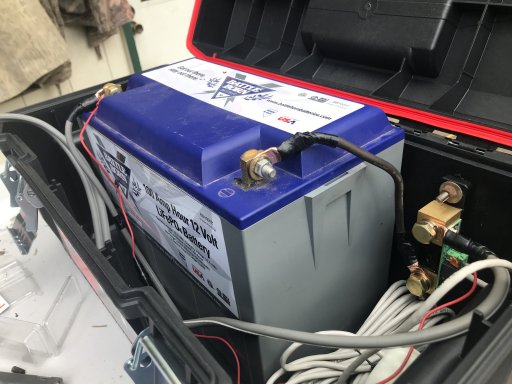lhoffm4
Rank III

Advocate I
Funny you should ask. My best advice would be to research what’s out there, build beefier than you think you should. Why? Great question. Here is what I learned so far. My brackets are 1/16th inch thick and failed. Too much flex. The 8ft awning arms require heavier bracket steel to reduce the flex. I started looking closer at videos for close ups of bracket/hinge designs to see what they were using. My new brackets will be made from 1/4 inch thick square steelthat is 2x4 inches dimensionally. Pretty sure that will be strong enough.Any advice on the awning? I’d like to fab my own since I don’t have a rack on my topper. I have tracks, but still have to fit in the garage.
also, I decided I liked the truss-style design for the arms to ensure they are less likely to bounce due to wind and can be deployed without the need for two people or support legs. I will most likely still use support legs for stability and resistance to wind, as they can be tied down, but I will not mount the support poles to the arms initially. I want the frame to be strong enough to deploy without them, in case I’m working alone to deploy or stow the awning.






![IMAG1695[1].jpg](/forums/data/attachments/205/205004-e5a458cd3da144b9f070791a9152fc5c.jpg)
![IMAG1696[1].jpg](/forums/data/attachments/205/205009-cdeeca740d4bd0ca817adc418683f499.jpg)
![IMAG0011(1)[1].jpg](/forums/data/attachments/205/205007-8a4c29ac8f1c929ed26d8bfe8d7028c8.jpg)
![IMAG1665[1].jpg](/forums/data/attachments/205/205008-794d441a6982de08f79e8b5c9b742fab.jpg)









